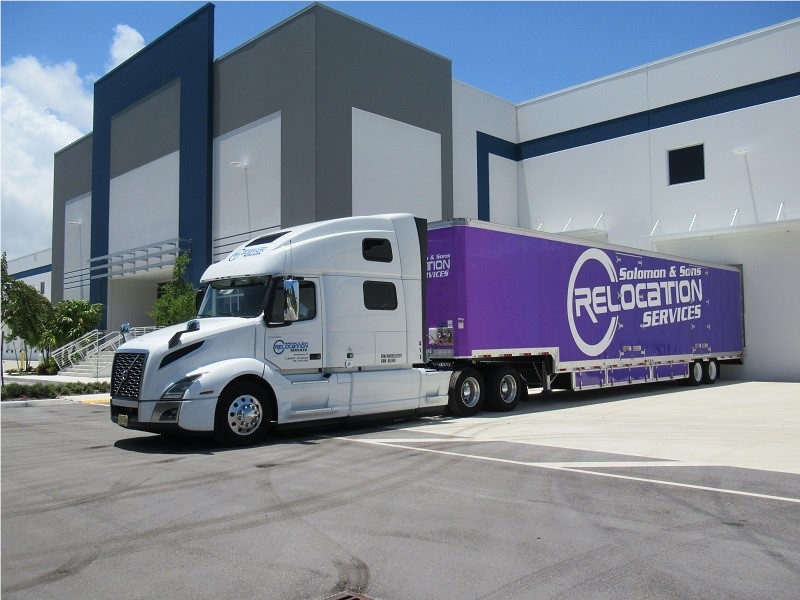
If are planning to move from Florida's subtropical warmth to the more glamorous California coast, it is important to recognize what the trip entails along with the amount of work that goes into moving from one side of the country to the other. You should also understand the significant differences between each state and be ready to adapt your lifestyle to a new environment.
5 Tips for Long Distance Moving
1. Allow time for adequate planning. A cross-country move is not something you want to start planning a week or two ahead of time. You will need at least eight weeks to ensure that things go as smoothly as possible. Note also that you will not be able to make multiple trips or ask your friend with a pickup truck to help the way you might if you were just moving to another Florida city or moving within your city.
2. Prepare your pets for the journey. Long distance moving with pets is almost always stressful for pets as well as for their owners. The difference is that the owners know what is happening. If you plan to make the trip by road, it is important to come up with strategies to make the journey comfortable for your pet. Madison.com has some useful information. The good news is that while California does require a current rabies vaccination for dogs, a Certificate of Veterinary Inspection is not required. Cats and rabbits must appear to be healthy. The not-so-good news is that your local city or county might require a license for your pets. Once you have moved in, only let your pets out off-leash when they have adjusted to their new home.
3. Understand the differences between California and Florida. One big difference has to do with the respective sizes of California and Florida. The size affects how easily a resident of Florida will be able to get around in their new home state. California is much larger, which means that it will be necessary to account for the difference in commute times. Major cities in California are much further apart when compared to Florida's major cities. The public transportation options in California cities do not have the best reputation either, outside of the Bay Area. The state is also known for traffic jams and perpetually clogged highways. Climate is another key difference as while Florida's climate is mostly the same across the state, California's varies dramatically. It can range from cold and snowy to warm and sunny, sometimes within the same relatively small area.
4. Leave your key lime tree behind. You may have to leave certain plants behind in Florida, especially citrus plants. The movement of plants across state lines is regulated in order to keep pests and diseases from spreading. The California Department of Food and Agriculture has taken a strong but entirely understandable stance when it comes to bringing a range of plants such as pine, citrus, and nut trees into the state. Note that when entering California, you are required to declare your household plants and make them accessible to inspectors at the border.
5. Don't bring your oversized furniture. A home in California will typically be much smaller than a home in Florida that sells for around the same price. One of the most important factors will be the size of the hallways. The smaller hallways can make moving Florida furniture into a California home a pain. Before loading up, it is a good idea to measure everything to determine if it will be able to fit. There is a strong likelihood that your California king bed will not be able to fit in your California bedroom.
If you would like to learn more about moving from Florida to California, contact us at Solomon & Sons Relocation Services immediately. As experienced nationwide movers, we can provide you with general information on long distance moves and with free estimates.
Sources
https://www.cdfa.ca.gov/plant/factsheets/TransportingPlantsCA.pdf
Tags
Subscribe to Solomon & Sons Relocation Services's Blog













Comments